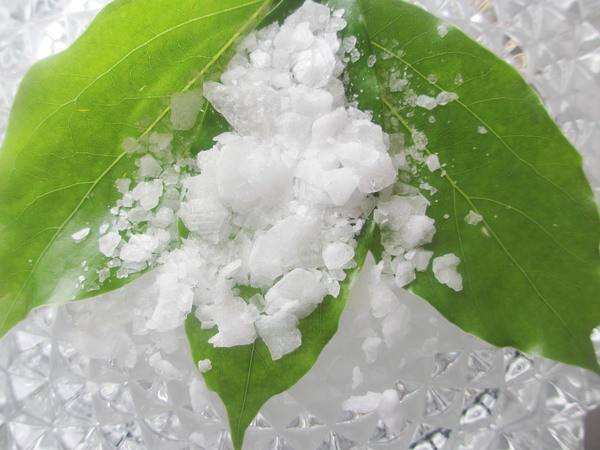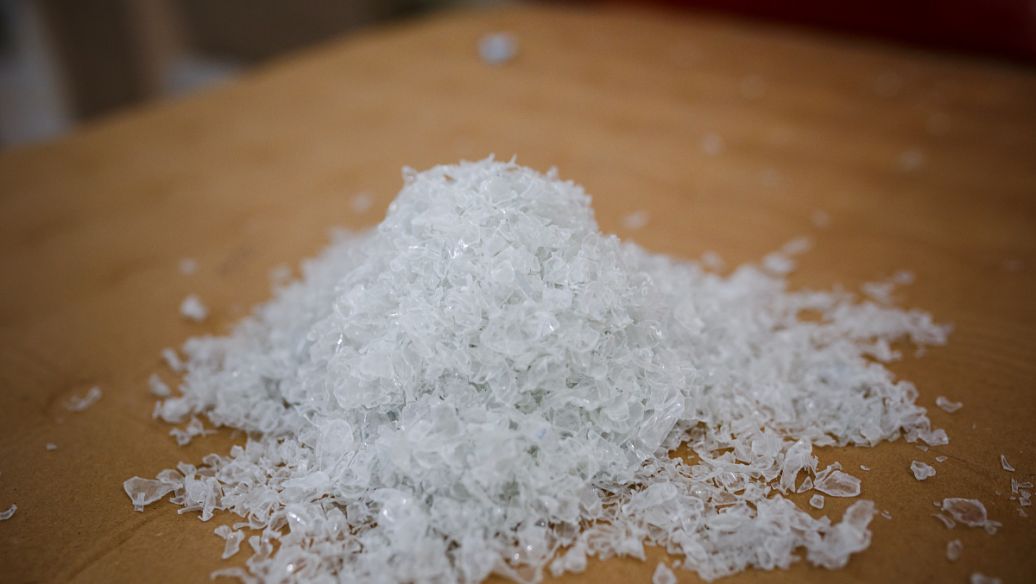
Detailed explanation of Borneol
Borneol, also known as borneol in ancient times, is the processing crystal of borneol resin, an evergreen tree of borneol family, and one of the commonly used traditional Chinese medicines. Natural borneol can be divided into borneol and wormwood. The latter is the crystal extracted from the leaves of the composite plant Aina. Borneol is the authentic borneol, and the main component is borneol

1.summary:
It is divided into natural borneol and Borneol flakes synthetic. Natural borneol is divided into borneol and wormwood
Borneol: main ingredient: borneol (almost all dextral borneol)
Main distribution: Nanyang Islands
Camphor plant content borneol (extract 97% purity D-borneol)
AI Nao: main ingredients: borneol (almost all L-BORNEOL)
Main distribution: borneol in Guangdong, Guangxi and Yunnan
Main ingredients: containing borneol and isoborneol (about 35% isoborneol)
Synthesis process: Camphor and turpentine are processed and distributed
Borneol flakes synthetic is composed of four kinds: left-right borneol and Left-Right-Handed isoborneol

2.Properties of Borneol
The color of borneol is transparent or white, and the flake is crisp and crystal; Volatile, easy to sublimate, ignite smoke and light flame
This product is soluble in ethanol, chloroform, gasoline or ether, and almost soluble in water
D-borneol melting point 208 ℃ boiling point 212 ℃ left borneol melting point 204 ℃ boiling point 210 ℃
3.Quality standard:
Melting point: 205-210 ℃
Identification: vanillin sulfuric acid color reaction, camphor odor reaction
PH value: phenolphthalein methyl red is red
Volatiles: 0.035%
Water: petroleum ether dissolved should be clarified
Heavy metal: over 5ppm